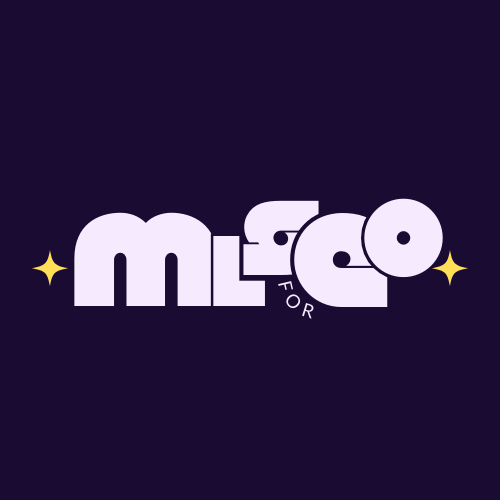Practical/Lab – Methods for explicit search intent classification – Lesson Preview
This hands-on lesson shows marketing and SEO professionals how to classify explicit search intent with methods you can run today, starting simple and scaling up. You’ll compare rule-based filters (fast, transparent) with ML-assisted approaches and learn when each wins. Lazarina walks through practical setups in Google Sheets, Looker Studio, and BigQuery, then scales the same logic in Google Colab/Python, so teams can prototype formulas collaboratively, then productionize for large keyword sets.
You’ll build rule-based classifiers directly from the query (e.g., “what/how/why” → informational), detect desired content formats and knowledge level, and capture micro intents unique to your brand by mining n-grams and word frequencies from GSC and competitor data. Next, you’ll classify intent from SERP features (e.g., Shopping, PAA, Maps) and from ranked domains/site types to reverse-engineer what Google is actually serving. Finally, you’ll test two ML-assisted tracks: a transformer zero-shot pipeline that blends query + SERP labels, and a semantic parsing/entity approach using Google Cloud NLP and spaCy to weight entities and syntax.
By the end, you’ll have repeatable workflows, demo scripts, and datasets to label keywords at scale and guidance on customizing dictionaries/regex so the outputs reflect your niche, not generic templates.
What you’ll learn (why it matters)
- Build rule-based classifiers — because fast, auditable labels drive alignment.
- Map SERP features to intent — because Google’s layout signals user need.
- Detect micro intents — because brand-specific queries convert.
- Scale in Colab/Python — because large sets need automation.
- Test ML assists — because semantics improve edge cases.
- Tune dictionaries/regex — because intent varies by industry.
Key concepts (with mini-definitions)
- Rule-based classification — IF/ELSE or regex rules that assign intent labels.
- Query-based classification — infers intent from words, goals, geos, formats, personas.
- SERP feature classification — maps visible features (e.g., PAA, Shopping) to likely intent.
- Ranked-domain signals — infers intent from the types of sites/pages ranking.
- Macro vs. micro intent — broad categories vs. brand/product-specific high-intent patterns.
- N-grams & word frequency — extracts recurring terms to design precise rules.
- Transformer zero-shot — pre-trained model selects an intent from candidate labels.
- Entity-based semantic parsing — weights entities/syntax to decide intent.
Tools mentioned
Google Sheets, Looker Studio, BigQuery, Google Colab, Python, regex, Google Search Console, GA4, SEMrush, Ahrefs, DataForSEO, spaCy, Google Cloud Natural Language API, Hugging Face models, BERT, distilled BERT, scented BERT, Mark Williams-Cook’s tool and Mihir Naik’s Search Intent Explorer.
Practice & readings
- Make a copy of the Google Sheets demo and adapt dictionaries/regex to your niche.
- Run the Google Colab scripts on the demo dataset, then on your keywords.
- Compare outputs from query/SERP/domain methods and the two ML approaches.
Key insights & takeaways
- Start in Sheets for speed and collaboration; port to Python for scale.
- Combine query + SERP signals for stronger, explainable labels.
- Customize dictionaries per industry; generic templates miss micro intents.
- Entity-weighted parsing surfaces hybrid intents that rules may miss.
- Regularly refresh patterns, as search language evolves.
Ready for the next step? Start your learning journey with MLforSEO
Buy the course to unlock the full lesson
Get resources, demo data and ready-to-use Colab scripts to start classifying search intent today!
